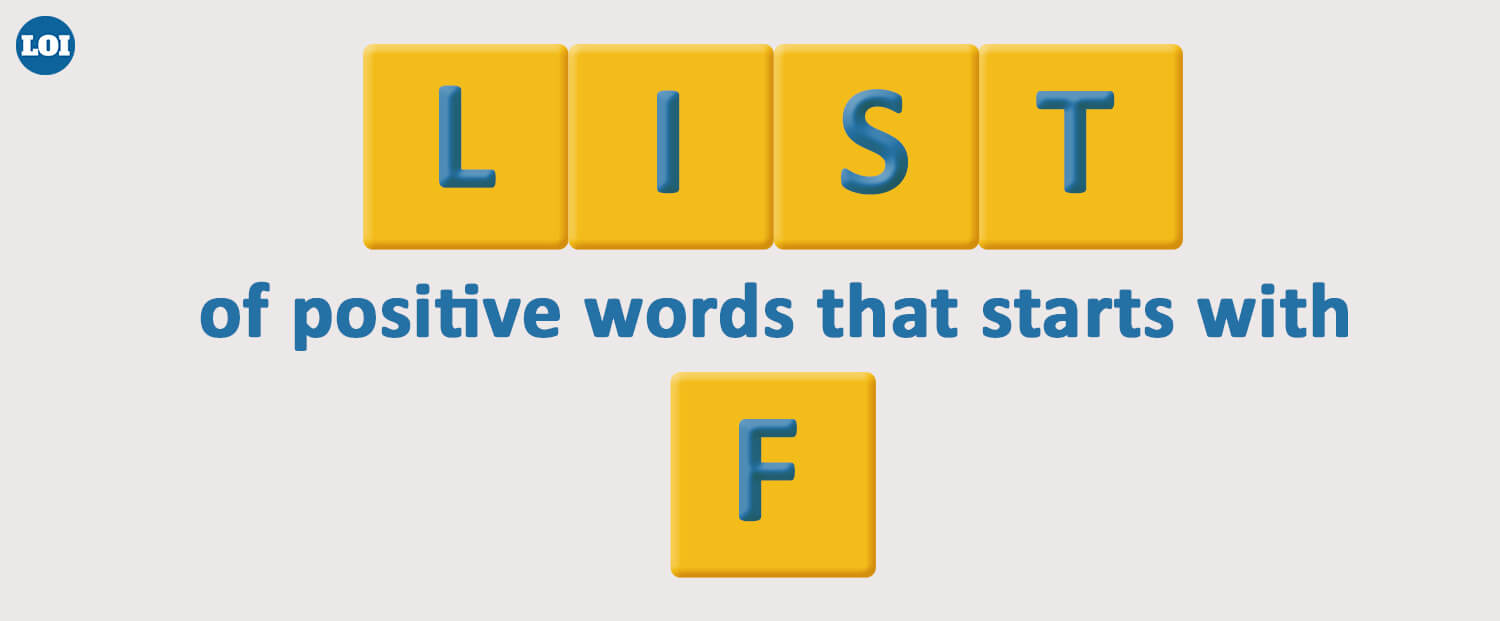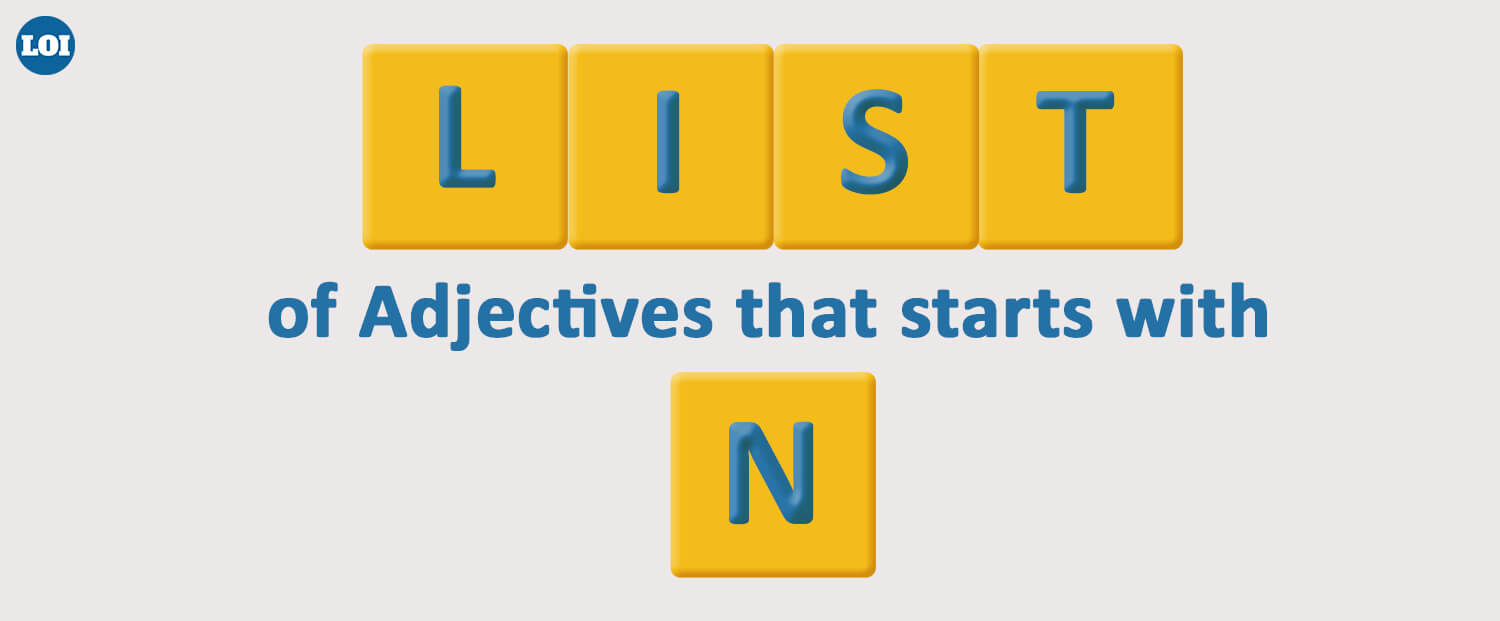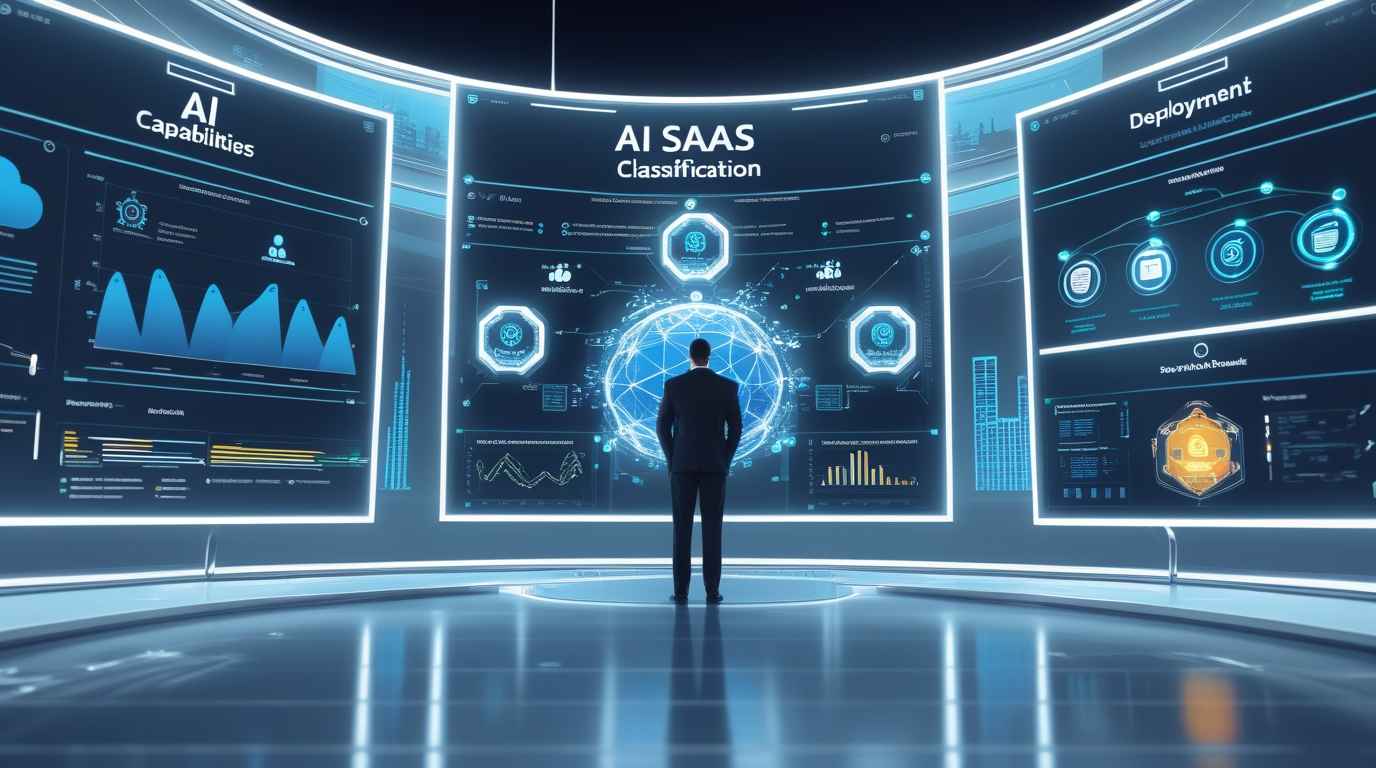Modern Software-as-a-Service (SaaS) products are now powered by artificial intelligence (AI). The need for appropriate classification criteria has increased as businesses use AI-powered solutions for automation, analytics, customer interaction, risk assessment, and operational efficiency.
Companies may better comprehend the advantages, drawbacks, use cases, costs, and compliance needs of various AI SaaS technologies with the use of clear classification.
The AI SaaS product classification criteria, including architecture, functionality, data utilization, automation level, target users, integration requirements, and more, are thoroughly examined in this guide. Knowing these standards will make it easier for you to assess and contrast AI SaaS offerings, regardless of your role as an IT manager, digital transformation strategist, or startup founder.
What is an AI SaaS Product?
An AI SaaS product is a cloud-based software application that uses artificial intelligence technologies (machine learning, deep learning, NLP, predictive analytics, computer vision, generative AI, etc) to automate tasks, provide insights, or improve decision-making.
These tools run entirely on the cloud and follow a subscription model, making them scalable, accessible, and cost-effective.
1. Classification Based on AI Capabilities
The first and most important criterion is the type of AI Technology powering the product
a. Machine Learning (ML) Based SaaS
These products use ML algorithms to analyze data patterns and generate predictions.
Examples: churn prediction, fraud detection, forecasting tools.
When to classify here:
- The system learns from historical data
- Outputs predictions, recommendations, or classifications
- Requires periodic retraining
b. NLP (Natural Language Processing) Based SaaS
NLP SaaS products understand and process human language.
Examples: AI chatbots, sentiment analysis tools, speech-to-text.
Classify here if:
- The product interacts with users in natural language
- It extracts meaning from text, voice, or documents
c. Computer vision SaaS
These tools analyze images or videos using different tools that are especially powered by AI. Example: facial recognition, OCR, Defect detection, and medical imaging.
Classify Here if:
- The software interprets visual data.
- Performs tasks like tracking, detection, recognition, segmentation
d. Generative AI SaaS
Generative AI tools create new content using AI models such as GPT or diffusion models.
Example: AI writer, design generators, code assistants, and video creation tools.
Classify here if:
- The system generates text, images, audio, or code.
- It uses LLM or generative models.
2. Classification Based on Use Case or Functionality
a. Automation Platforms
These tools automate repetitive tasks through workflows and AI decision engines. For example, intelligent RPA, automated ticket response systems. Task performance and efficiency are fully dependent on these tools.
b. Analytics and Data Intelligence
These SaaS platforms help businesses interpret data through dashboards and predictive models. For example, BI tools with AI forecasting, anomaly detection.
c. Customer Experience and Engagement
Tools that use AI to improve communication or customer support. These tools allow users to use services thoroughly. For example, it covers AI chatbots, personalization engines, and virtual agents.
d. Marketing & Sales AI
These products help companies improve conversions and predict customer actions.
Examples: AI lead scoring, email optimization, ad insights, sentiment analysis.
e. Operations & Productivity AI
Products are designed to streamline internal processes based on user and customer needs. For example: AI scheduling, document processing, workflow automation.
3. Classification Based on Deployment and Architecture
a. Public Cloud AI SaaS
Many tools and platforms, such as AWS, Microsoft Azure, and GCP, offer a wide range of cloud security measures. It is best for enterprises requiring strict data security.
b. Private Cloud AI SaaS
Hosted on a dedicated private cloud environment. It's best for enterprises requiring strict data security. It is a dedicated, single-tenant environment not shared with other organizations.
c. Hybrid Cloud SaaS
Cloud Hybrid SaaS is a deployment methodology that blends on-premises and cloud infrastructure for SaaS applications. It is best for, organization with sensitive data stored internally.
4. Classification Based on Data Requirements
a. Data-light AI Tool
Data-light AI tool requires minimal or user-provided data. For example: AI chat assistants, AI writing tools.
b. Data-heavy AI tools
It requires a large dataset to process data keenly; often, enterprises leverage information. For example: real-time monitoring, demand forecasting.
c. Real-time data processing
Processing data in real-time is necessary for large enterprises. It operates on streaming or live data. For example, real-time monitoring, demand forecasting.
5. Classification Based on Automation Levels
a. Assisted AI (Human-in-the-Loop)
AI assists with tasks, but humans approve or validate outputs. For example, content editors with AI suggestions.
b. Partially Automated AI
AI performs most tasks automatically but requires occasional human oversight. For example, lead scoring, workflow automation.
c. Fully Automates AI SaaS
Operates independently with minimal human intervention. For example, autonomous security monitoring, smart inventory management.
The Significance of AI SaaS Product Classification Criteria
- Businesses benefit from using classification criteria:
1. More effectively compare several AI SaaS products.
2. Recognize the risks associated with data, security, and compliance.
3. Based on your needs, select the appropriate AI product.
4. Steer clear of expensive or overly complex solutions.
5. Select the appropriate use case for the product.
6. Boost ROI and decision-making
Every data-driven firm now needs a defined methodology to assess and categorize products due to the explosive growth of AI solutions.
Conclusion
Industries are changing at a rate never seen before, thanks to AI SaaS offerings. However, choosing the best AI tool necessitates a thorough comprehension of how these products vary in terms of technology, functionality, deployment, data utilization, automation levels, and user emphasis.
Businesses may reliably select solutions that promote innovation, efficiency, and competitive advantage by using structured AI SaaS product classification criteria.
Frequently Asked Questions (FAQs)
1. What are the AI SaaS product classification criteria?
They are standards used to categorize AI-powered SaaS tools based on features like AI type, use case, deployment, and automation level. These criteria help businesses evaluate and compare AI products effectively.
2. Why is classifying AI SaaS products important?
It helps organizations understand capabilities, limitations, and suitability. Proper classification improves decision-making and prevents choosing the wrong tool.
3. What types of AI are commonly used in SaaS products?
Machine learning, NLP, computer vision, and generative AI. Each serves different functions such as prediction, understanding text, or creating content.






